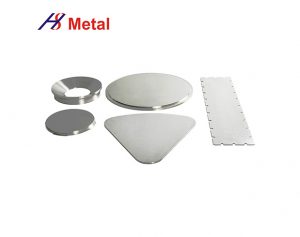Email:
sales@hypersolidmetal.comWhatsapp:
8618625975081
Email:
sales@hypersolidmetal.comWhatsapp:
8618625975081Common coating processes include PVD (physical vapor deposition) process and CVD (chemical coating). Let’s briefly introduce these two processes.
1) PVD (Physical Vapor Deposition) process: refers to using physical methods under vacuum conditions to vaporize the surface of the material source into gaseous atoms, molecules or partially ionized into ions, and through a low-pressure gas (or plasma) process, on the matrix A technique for depositing thin films with certain special functions on the surface. The main methods of physical vapor deposition include vacuum evaporation, sputtering coating, arc plasma plating, ion plating, and molecular beam epitaxy. Up to now, physical vapor deposition technology can not only deposit metal films and alloy films, but also deposit compounds, ceramics, semiconductors, polymer films, etc. Among them, the indium tin target ITO used in display panels mainly uses vacuum coating.
2) CVD (chemical coating process) technology: This technology relies on chemical reactions at high temperatures to introduce the vapor of gaseous reagents or liquid reagents that constitute the film elements and other gases required for the reaction into the reaction chamber, and on the surface of the substrate A technology that produces thin film materials through chemical reactions. Among them, vacuum coating has better repeatability and controllable film thickness, which will make the coating on the substrate material more uniform. The prepared film has higher purity and better density, and is more suitable for applications in high-end fields (semiconductors).

